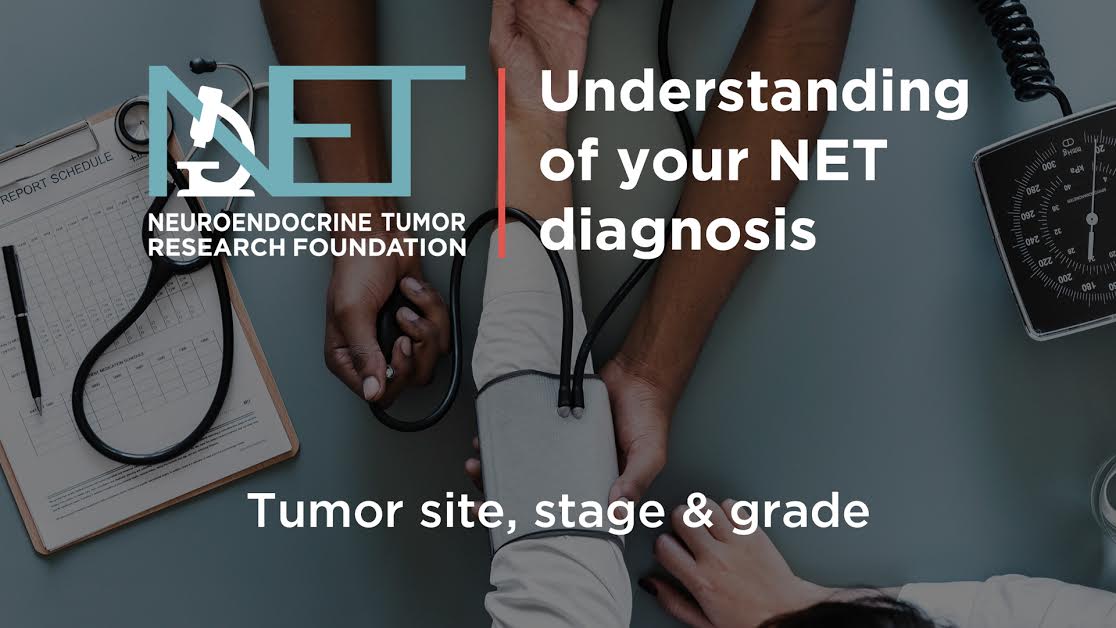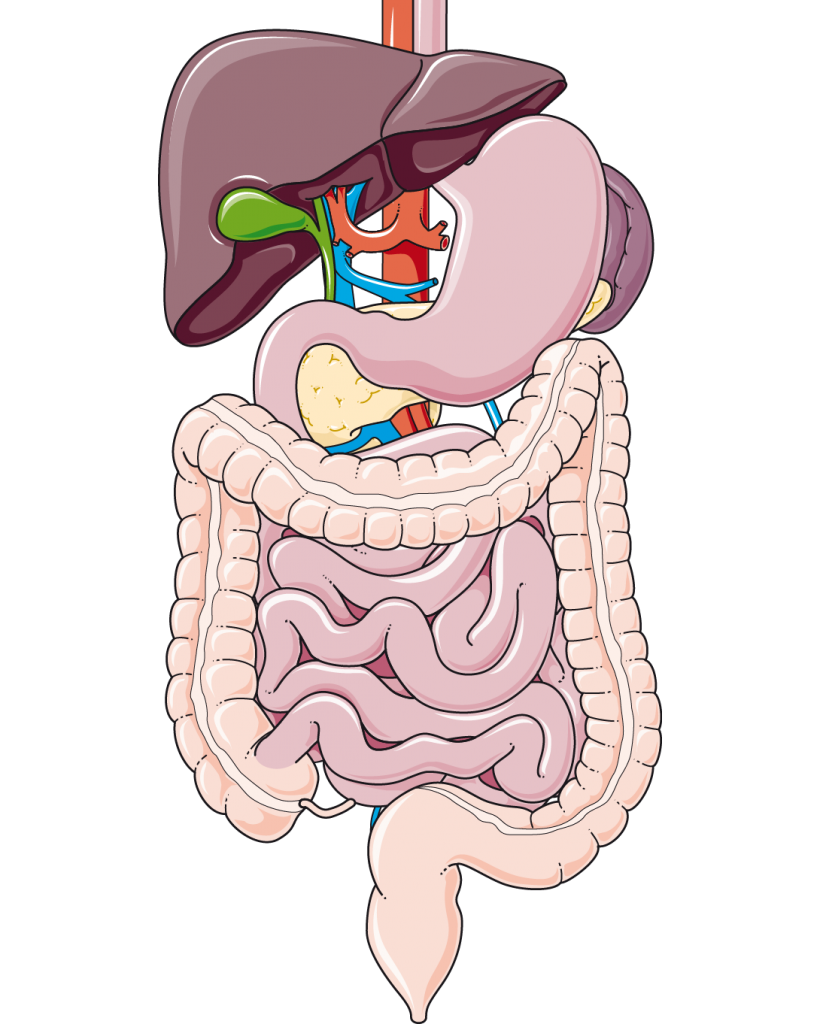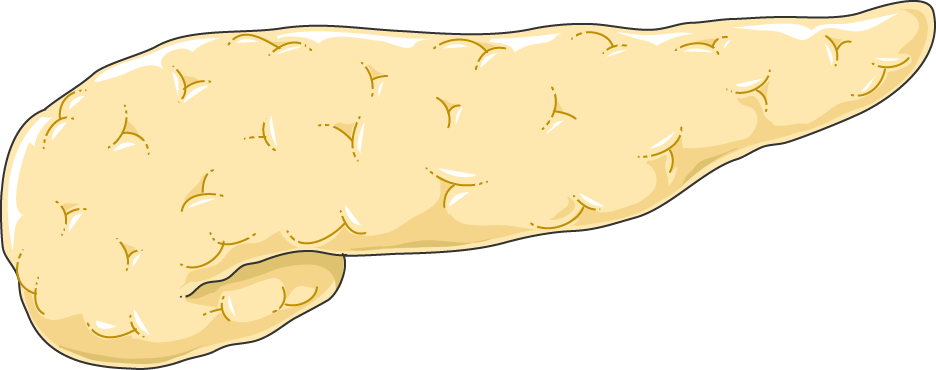Neuroendocrine Tumor Sites
Home » For Patients old » NET Tests & Treatments » NET Sites
Where do neuroendocrine tumors (NETs) occur?
NETs form in specialized cells called neuroendocrine cells, which receive messages from the nervous system and then release hormones into the bloodstream. When a neuroendocrine cell divides uncontrollably, without stopping, it can form tumors, which can then become cancerous.
Primary sites for neuroendocrine tumors
NETs can occur throughout the body, but most commonly form in the:
What if a neuroendocrine tumor spreads to other sites?
NETs can spread, or metastasize, to other locations in the body, such as the lymph nodes or the liver. When a tumor spreads it is called metastasis and may also be called advanced or malignant (cancerous). Your doctor will give your cancer a stage, which describes how far it has spread throughout the body, in terms of distance from the primary site.

Why does neuroendocrine tumor site matter?
See why NET patients and physicians say it is important to find a NET specialist
The latest in NETRF News

Get Involved
Support NET Research The Neuroendocrine Tumor Research Foundation (NETRF) is the leading funder of neuroendocrine

What Do I Know for Sure about My Survivorship
by Stacie Chevrier, NET Cancer Blogger Every Sunday on the O Network’s Super Soul Sunday, Oprah

Exploring the birth of a carcinoid cancer cell
Much about a carcinoid cancer cell remains a mystery. For that reason, NETRF funds research
1 in 4
NETS occurs in the lungs.3
1 in 2
NET patients are misdiagnosed with another condition, such as irritable bowel syndrome, gastritis, or anxiety.13
< half
Of those with NETs felt they had enough information at diagnosis.13
Search for NET specialists
Find NET doctors, treatment programs, and support groups near you
3Sackstein PE, O’Neil DS, Neugut AI, et al. Epidemiologic trends in neuroendocrine tumors: an examination of incidence rates and survival of specific patient subgroups over the past 20 years. Seminars in Oncol. 2018;4(13):249-258..
13National Cancer Institute. Pheochromocytoma and paraganglioma treatment (PDQ®)-patient version. 2017. https://www.cancer.gov/types/pheochromocytoma/patient/pheochromocytoma-treatment-pdq. Accessed October 23, 2018.




